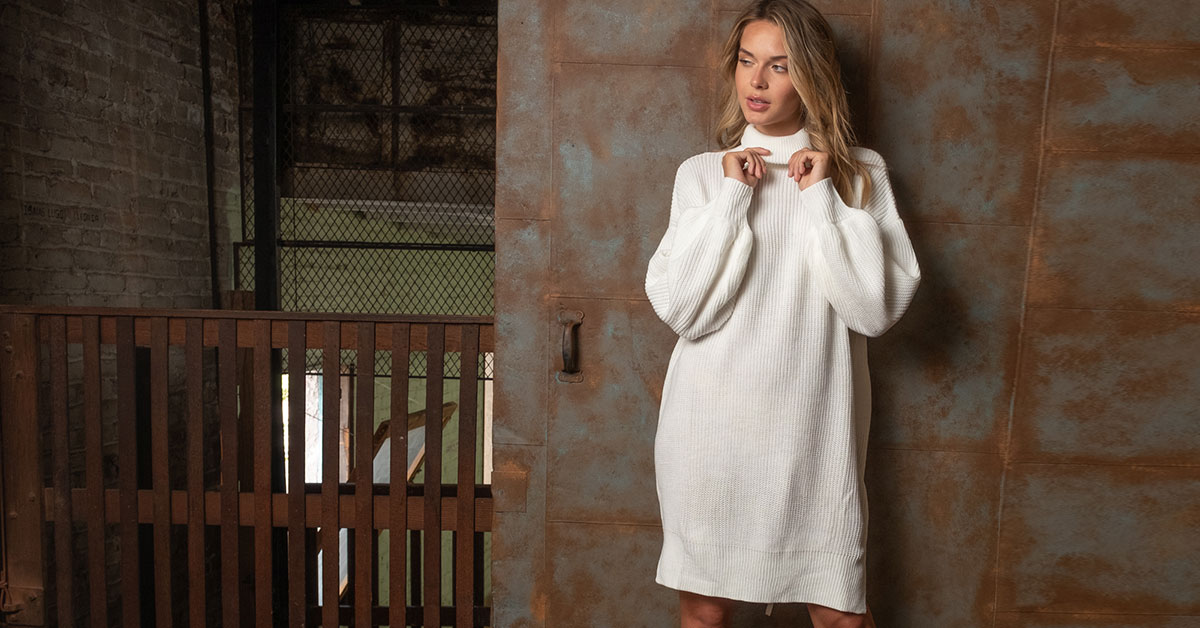Planning Your Boutique: The Business Side
From planning your short-ish-term goals to setting up a new merchant account so that you may accept plastic, there’s even more than meets the eye when it comes to starting your own business. In a past blog post, we shared a few basic topics you should be thinking about when planning your boutique. Already checked those off your to-do list? Let’s move on to the next phase. Start turning your dreams into a reality by creating your business plan today.
Do Your Research — and Paperwork
Before you register your business and get a tax ID, you’ll need to do a little research to find out where your business will be categorized. Check out the Small Business Administration structure page to find out what plan is right for you.
The Small Business Administration will help you determine how much you’ll pay in taxes, if you’ll need to purchase insurance, what paperwork you’ll need to complete, and if there are any restrictions in your chosen location. Don’t rush through this step! Thoroughly following these rules and completing all necessary paperwork will save you headaches — and money — in the long run.
Create a 5-Year Plan
Has anyone ever asked you where you see yourself in 5 years? Think about that — but in terms of your store. Set both small- and longer-term goals that are feasible from financial and growth standpoint.
For example, you could set a short-term goal of hiring 5 awesome employees for your soft opening — then add 2 more when you’re ready to unlock your doors every day of the week. You could plan to increase your inventory 10% after the first 6 months, after evaluating what type of tops are selling or what silhouette or shoe isn’t selling.
After the first few years of running your business, you could open up a second location on the other side of town. Maybe your goal after celebrating your boutique’s 2-year anniversary is simply to make back all the money you put into your venture. Whatever those ladder rungs may be, it’s important to take the time to think them through. These big and small wins will keep your motivation (and you financial steam) for the future.
Money Matters
According to a Small Business Chronicle article published in 2017, opening your own clothing store can cost anywhere from $50,000 to a whopping $150,000. Yes, there are ways to cut corners and implement some aspects of your business plan on the cheap, but opening your own clothing store might be exponentially more costly than you think.
If you don’t have the capital — whether that be your own savings, a loan or backing from a family member who believes in your business model — we simply don’t recommend moving your business plan along until you do so. Don’t have a rich great aunt? Another option is applying for a small business loan through companies like LoanBuilder, Credit Karma or LendingTree. If you go this route, we recommend hiring a financial advisor to help you watch the interest costs and other factors that may end up costing you more in the long-run.
M Is for Merchant Account
If you want to take credit cards in your store (and you should) or are opening an online-only store, a merchant account is fundamental. E-commerce businesses are considered “high-risk merchants,” meaning these transactions are at a higher risk for fraud. To put it simply, you may need to jump through more hoops to open up your account.
If you’re simply wanting to open an account for your small brick-and-mortar boutique, the process for you is standard: Credit rating check, financial history and finding a company to set you up. Visit the Total System Services page for basic definitions, and don’t be afraid to shop around for a credit card processing company that has fees that suit your needs. Square and PaySimple are two popular processors — and you can even get services through banks, like Wells Fargo, Bank of America and US Bank.
Testing, Testing… With a Soft Opening
A soft opening is an unofficial opening of a store, hotel, restaurant, etc. and typically is kept on the down-low. The purpose is to test a business before its open to the public. Whether you invite friends and family or advertise on social media, a soft opening is the perfect way to give your boutique a test run before permanently opening your doors. Your employees will be able to put their training in action and you’ll be able to find weak and strong spots in your coverage.
Customer feedback can also be an added benefit of a soft open. At the register, invite your customers to complete a short written survey to receive a coupon for their next visit. Make sure this survey is anonymous so that you have honest answers to work with. To read more about test-run best practices, visit our blog post all about soft openings.
Have you taken the plunge into creating your business plan? Start the conversation in the comments below!








loretta wilson
looking for petite clothing ht 4’9 to5’4 and size 00-26
Gabby Ponce
I think the soft open is a n intelligent idea. Thanks for that tip.
Toni*J
I do not have a publish website yet.